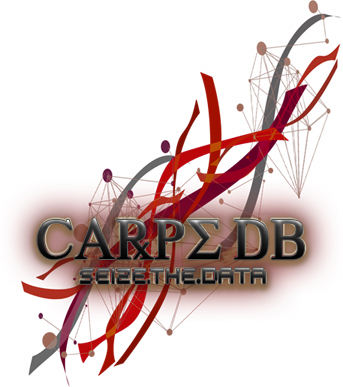
Tuberous sclerosis (TSC) is an autosomal dominant disorder, caused by mutations of either the TSC1 or TSC2 gene. Characteristic brain pathologies (including cortical tubers and subependymal hamartomas/giant astrocytomas) are thought to cause epilepsy, as well as other neurological dysfunction. The Eker rat, which carries a spontaneous germline mutation of the TSC2 gene (TSC2(+/-)), provides a unique animal model in which to study the relationship between TSC cortical pathologies and epilepsy. In the present study, we have analyzed the seizure propensity and histopathological features of a modified Eker rat preparation, in which early postnatal irradiation was employed as a "second hit" stimulus in an attempt to exacerbate cortical malformations and increase seizure propensity. Irradiated Eker rats had a tendency toward lower seizure thresholds (latencies to flurothyl-induced seizures) than seen in non-irradiated Eker rats (significant difference) or irradiated wild-type rats (non-significant difference). The majority of irradiated Eker rats exhibited dysplastic cytomegalic neurons and giant astrocyte-like cells, similar to cytopathologies observed in TSC lesions of patients. The most prominent features in these brains were hamartoma-like lesions involving large eosinophilic cells, similar to giant tuber cells in human TSC. In some cells from these hamartomas, immunocytochemistry revealed features of both neuronal and glial phenotypes, suggesting an undifferentiated or immature cell population. Both normal-appearing and dysmorphic neurons, as well as cells in the hamartomas, exhibited immunopositivity for tuberin, the protein product of the TSC2 gene.
[Full Text] [Submit Annotation]